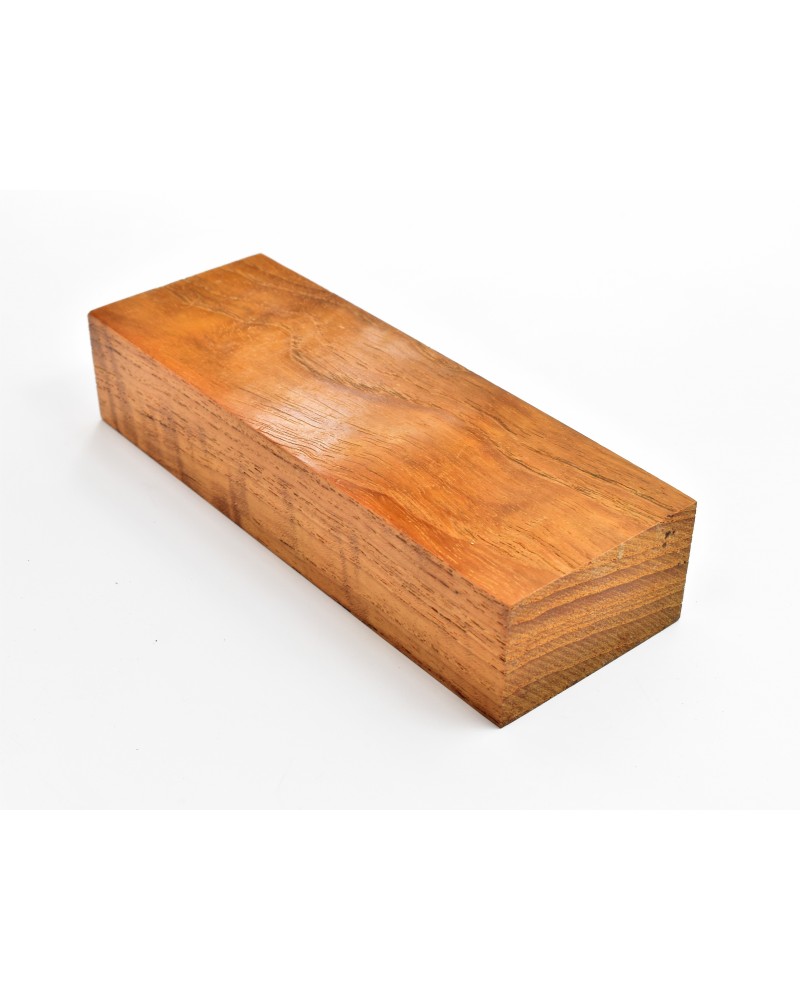
It is possible that Churchill read it there following the publication of the book's English translation in 1920. Perhaps the first recorded application of the term "iron curtain" to Soviet Russia was in Vasily Rozanov's 1918 polemic The Apocalypse of Our Time.

In the 19th century, iron safety curtains were installed on theater stages to slow the spread of fire. Pre-Cold War usage Swedish book " Behind Russia's iron curtain" from 1923 On the one hand, the Iron Curtain was a separating barrier between the power blocs and, on the other hand, natural biotopes were formed here, as the European Green Belt shows today, or original cultural, ethnic or linguistic areas such as the area around Trieste were preserved. Its popularity as a Cold War symbol is attributed to its use in a speech Winston Churchill gave on 5 March 1946, in Fulton, Missouri, soon after the end of World War II The author Alexander Campbell used the term metaphorically in his 1945 book It's Your Empire, describing "an iron curtain of silence and censorship has descended since the Japanese conquests of 1942". It originally referred to fireproof curtains in theaters. The use of the term "Iron Curtain" as a metaphor for strict separation goes back at least as far as the early 19th century. Romania became the only socialist state in Europe to overthrow its government with violence. The events that demolished the Iron Curtain started with peaceful opposition in Poland, and continued into Hungary, East Germany, Bulgaria, and Czechoslovakia. Countries that made up the USSR were Russia, Belarus, Latvia, Ukraine, Estonia, Moldova, Armenia, Azerbaijan, Georgia, Uzbekistan, Kyrgyzstan, Tajikistan, Lithuania, Turkmenistan, and Kazakhstan.

The nations to the east of the Iron Curtain were Poland, East Germany, Czechoslovakia, Hungary, Romania, Bulgaria, Albania, and the USSR however, East Germany, Czechoslovakia, and the USSR have since ceased to exist. The Berlin Wall was also part of this physical barrier. It later became a term for the 7,000-kilometre-long (4,300 mi) physical barrier of fences, walls, minefields, and watchtowers that divided the "east" and "west". Separate international economic and military alliances were developed on each side of the Iron Curtain.

On the east side of the Iron Curtain were the countries that were connected to or influenced by the Soviet Union, while on the west side were the countries that were NATO members, or connected to or influenced by the United States or nominally neutral.

The term symbolizes the efforts by the Soviet Union (USSR) to block itself and its satellite states from open contact with the West, its allies and neutral states. The Iron Curtain is a political metaphor used to describe the political boundary dividing Europe into two separate areas from the end of World War II in 1945 until the end of the Cold War in 1991. A map showing part of the Iron Curtain and the Berlin Wall It gradually opened the borders to the west and put guard on the borders to the east. Yugoslavia was considered part of the Eastern Bloc for 2 years until the Tito–Stalin split in 1948, but remained independent for the remainder of its existence. Albania withheld its support to the Warsaw Pact in 1961 due to the Soviet–Albanian split and formally withdrew in 1968. The black dot represents the Berlin Wall around West Berlin. Yugoslavia, member of the Non-Aligned Movement


 0 kommentar(er)
0 kommentar(er)
